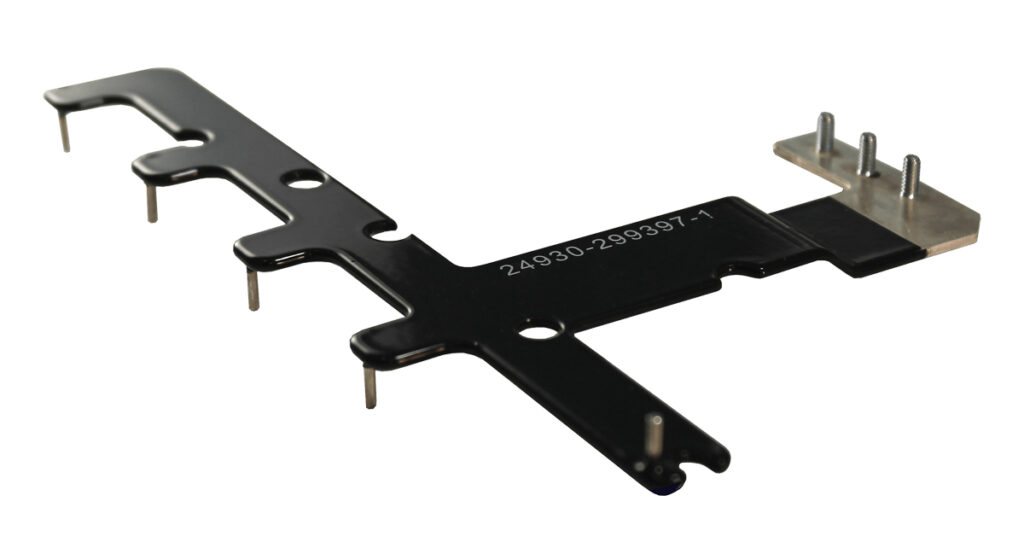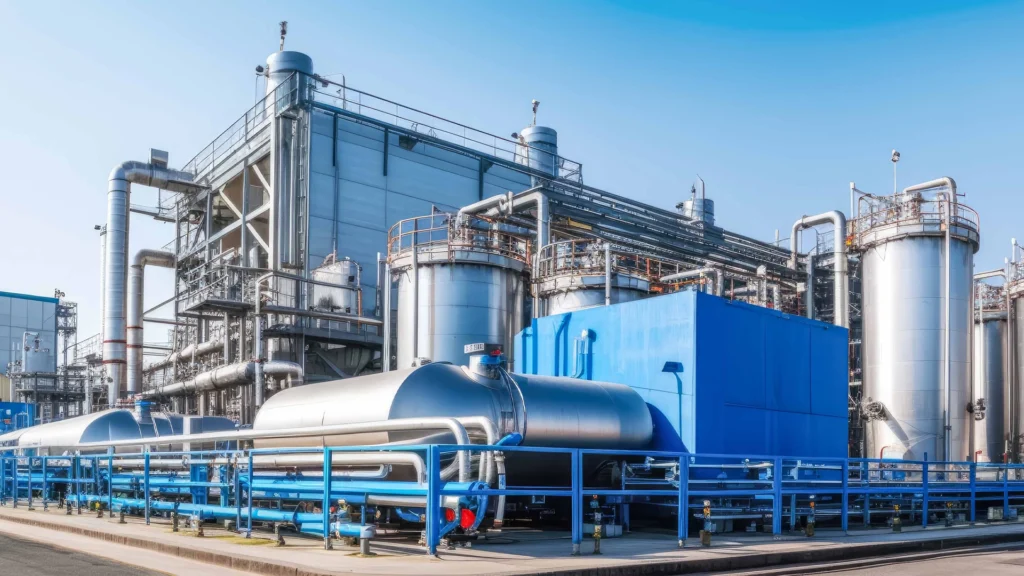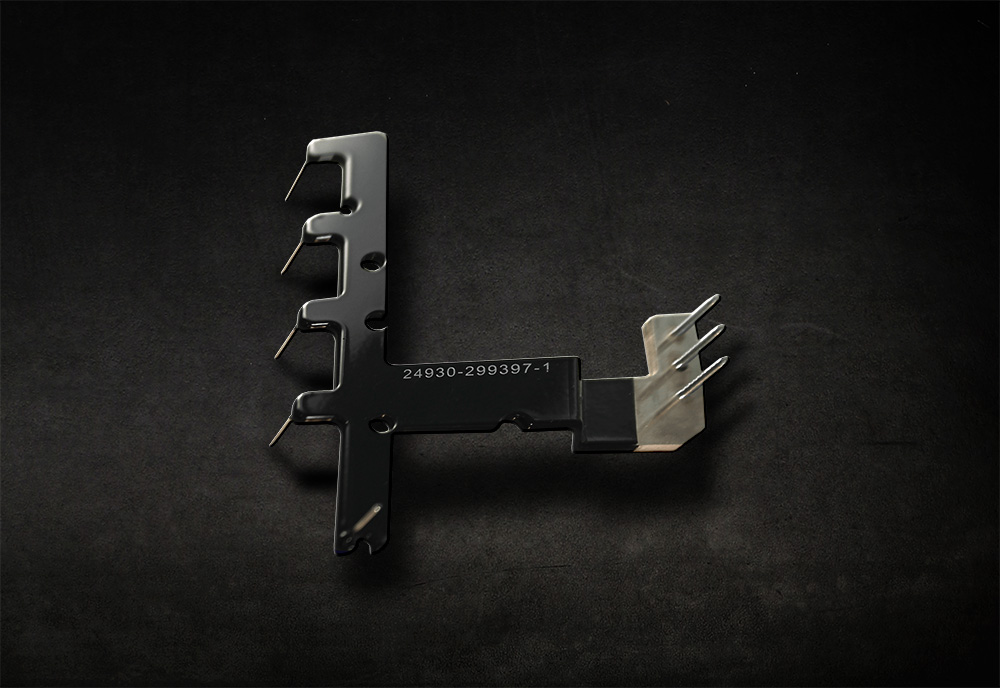Delivering power consistently and accurately to sensitive electronics and microelectronics components is necessary. A power surge or current drop can potentially lead to catastrophic failure, threatening lives, safety, and property since many electronics control the operation of dozens of applications, from power grids to medical components to airplanes.
PEI is a leading manufacturing partner of industry-leading electronics and microelectronics companies, delivering precision metal bus bars that help distribute and regulate power consistently and safely.
Bus bars are designed to efficiently distribute large amounts of electrical current and are the backbone of many electrical systems — able to handle large amounts of current without overheating.
Bus bars (also spelled buss bar or busbar) are produced using premium-grade materials such as copper, aluminum, brass, or specialized alloys and then are dielectrically coated. A bus bar is a metallic strip or bar found on a distribution board, circuit board, power supply unit, or other electrical apparatus that conducts electricity.
PEI’s photochemically etched bus bars are crafted to deliver superior electrical conductivity, durability, and precision in demanding applications. They provide superior power distribution and are built to withstand mechanical stress and environmental challenges.
Bus bars are often fabricated from copper, aluminum, brass, and other specialized alloys. Each material has its unique characteristics and benefits. Engineers frequently specify a metal choice based on component design or use case. Other factors include cost, weight, conductivity, and heat dissipation.
Here are some benefits of each metal:
A widely preferred material used for its excellent electrical conductivity, malleability, and ability to accept nearly any finish
A lightweight metal that features high conductivity, strength, and ability to be shaped into a variety of designs
While not the best choice for electrical conductivity, it’s affordable and can be photochemically etched into a number of different shapes

Bus bars are found in nearly every electronic or microelectronic component in the world, making them an indispensable component across a diverse range of industries. As experts in the production of busbars, PEI serves customers in industries such as:
Renewable Energy
Aerospace
Medical
Communications
Electronics

Engineered to withstand extreme conditions, bus bars ensure optimal performance of avionics, power systems, and other essential aircraft components, providing consistent electrical connectivity and stability —shielding against operational stresses.

The medical device industry demands components that prioritize patient safety. Bus bars are essential for secure and stable electrical connections, ensuring the reliable operation of life-saving devices and equipment that contribute to the advancement of healthcare technology.

Solar, wind, and other renewable energy installations need bus bars to facilitate efficient energy transfer. Bus bars contribute to the reliable and efficient operation of renewable energy systems by handling high currents and harsh environmental conditions.
Photochemical etching, also known as precision chemical machining, chemical blanking, or acid etching, is an exact subtractive manufacturing process where chemical etchants selectively remove metal from a thin sheet to create intricate shapes, patterns, and features. Unlike traditional methods, photochemical machining does not involve mechanical force or direct contact with the sheet of metal, minimizing the risk of distortion, burrs, or stress-induced deformation.
The benefits of photochemically etching carrier plates include fabricating precise parts with intricate geometries and accurate patterns.
Here are additional benefits of titanium photochemical etching:
With a history of engineering excellence, PEI is among the top companies providing photochemically etched metal parts and components for various critical industries.
With ISO-9001:2008 and AS9100 certifications, PEI was also granted certification under the International Traffic in Arms Regulation (ITAR) in 2010, enabling it to provide weapon system components and accessories in compliance with the Code of Federal Regulations implemented by the U.S. Department of State.
Our rigorous inspection processes and testing procedures ensure that every product we produce meets stringent accuracy, reliability, and performance standards.
